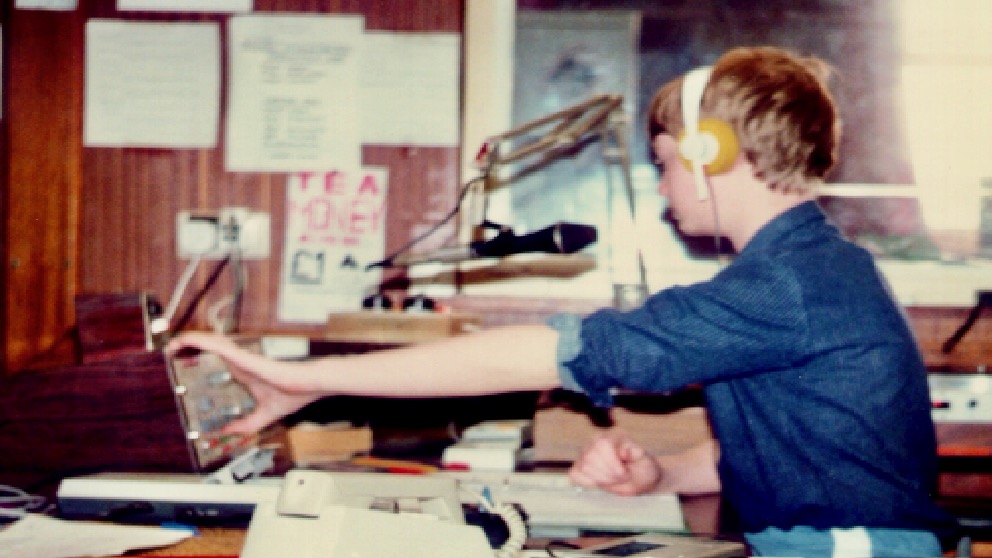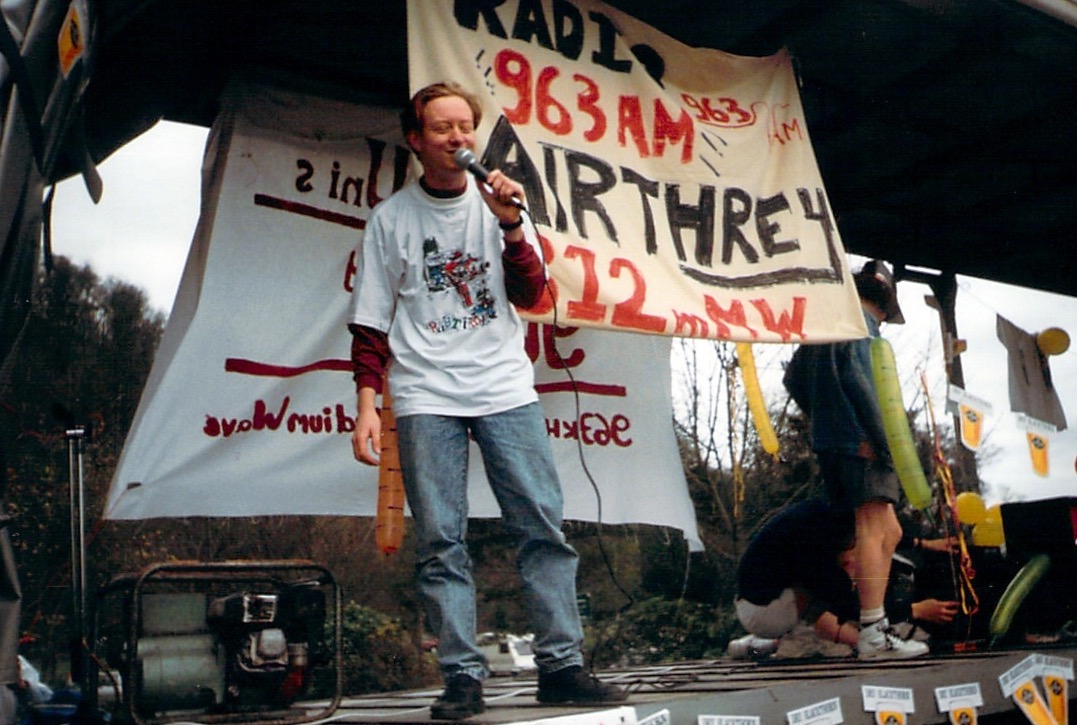Last week, I was going through a box of paperwork and discovered a document from BBC Local Radio Publicity, providing some background to what BBC Local Radio was in January 1985. It’s an interesting take on Auntie’s view of its 31 local stations. I thought it might be worth preserving. Here’s the intro, but the full document can be found here.

BACKGROUND TO BBC LOCAL RADIO
The BBC has been committed to Local Radio since 1922 when it discovered what an excellent medium it was to celebrate local activities and bring neighbours in the community even closer together.
Before the war, there were not enough frequencies to go around. Local Radio had to give way to the national networks. But BBC experiments showed that with post-war technology, local radio was viable once more – and the BBC has been pressing for its development ever since.
The first station, BBC Radio Leicester, opened in 1967. Today there are 31 BBC Local Radio stations in England and the Channel Islands. There will be further editorial coverage in areas including Essex (opening in 1986), Suffolk, Warwickshire, Thames Valley, Surrey, Gloucestershire, Hereford and Worcester, Wiltshire, and Dorset.
THE STRENGTH OF BBC LOCAL RADIO
BBC Local Radio is in the front line of reporting. It broadcasts its own local stories, examines issues behind the headlines, and supplies news to BBC central newsrooms.
On an average day in January, BBC Local Radio provided 25 news stories for the BBC’s national networks. These were broadcast in 35 news summaries. In addition, 10 interviews were heard on the main news bulletins of Radio 2 and Radio 4.
The importance of BBC Local Radio news gathering has been re-emphasised during the miners’ strike when BBC Local Radio journalists fed national networks with live reports from the picket lines.
BBC Local Radio was at its best during the recent arctic conditions, said Sir Michael Barton, Controller of Local Radio. “Both television and national radio networks were advising people to tune to their BBC Local Radio stations for the latest news, which was being collated on special Snowline services.”
BBC Radio Kent, for example, broadcast information round-the-clock for several days, while BBC Radio Sussex put out a special plea for four-wheel-drive vehicles to help the WRVS reach the elderly.
BBC Radio Solent extended its broadcasting hours, while BBC Radio Devon extended its boundaries to cover West Dorset, and “split” its medium wave transmitter to give an exclusive information service to North Devon and South Devon people. BBC Radio Cornwall also extended its broadcasting hours and offered an information service.
BBC Radio WM (West Midlands) ‘Helpline Service’ for the elderly was hailed as a “lifesaver” by Birmingham’s Social Services Committee chairman Theresa Stewart: “It would be no exaggeration to say that without Radio WM’s service, some people would have died.”
In the Channel Islands, BBC Radio Guernsey and BBC Radio Jersey kept broadcasting all day as the islands’ only communication service.
WHY IS BBC LOCAL RADIO SPECIAL?
It is special because it gives listeners what they want – a speech-based information and entertainment service. BBC Local Radio is an integral part of community life – an adviser and job finder, and a lifeline in emergencies.
The document ends with a section about all the BBC “names” that had worked for BBC local radio. It’s a who’s who of its time.
BBC LOCAL RADIO – THE STARMAKERS
The chances are that when you see the television news, whether BBC or ITV, at least one of the newsreaders will have started their broadcasting career in BBC Local Radio. Many of the sports reporters on Radio 2, and Grandstand presenter Desmond Lynam, began covering the town sports.
Michael Barton said that BBC Local Radio was the vital High Street presence of the BBC around the country. And he added: “It is encouraging to see our staff moving on into other areas of the BBC where their Local Radio experience is proving so valuable to them.”
Michael Buerk and Kate Adie, two of BBC Television’s most travelled reporters, began their BBC careers in Local Radio, as did Jenni Murray, now a presenter on BBC-2’s Newsnight.
Libby Purves — the presenter of Midweek on Radio 4 — cut her radio teeth with BBC Radio Oxford when she was a university student. Her husband Paul Heiney — In at the Deep End and You and Yours — made his radio debut on BBC Radio Humberside.
In addition to Desmond Lynam, who started broadcasting with BBC Radio Brighton (now Sussex), John Motson was a Saturday football reporter with BBC Radio Sheffield, Mike Ingham (BBC Radio Derby), Gary Richardson and Tony Adamson (BBC Radio Oxford), Ian Darke (BBC Radio Leicester), Eddie Hemmings (BBC Radio Merseyside), while their boss, Pat Ewing — Head of Sport and Outside Broadcasts, Radio — began her career at Carlisle, now BBC Radio Cumbria.
Sandra Chalmers, Editor of Woman’s Hour, was manager of BBC Radio Stoke-on-Trent, and radio disc jockeys Janice Long (BBC Radio Merseyside), Bruno Brookes (BBC Radio Stoke-on-Trent), Peter Powell (BBC Radio Birmingham, now Radio WM), and Adrian Juste (BBC Radio Leicester) all started wowing the BBC Local Radio listeners before they earned their place on Radio 1.
Richard Skinner, Radio 1 DJ and a presenter of Whistle Test on BBC Television, was a station assistant at BBC Radio Solent. Nicholas Witchell, co-presenter of The Six O’Clock News on BBC Television, was a news trainee with BBC Radio Merseyside, and Philip Hayton, whose reports are seen from the farthest-flung parts of the world, was a producer with BBC Radio Leeds.
Many of the regional television presenters began their careers with BBC Local Radio stations, as did countless producers, on both radio and television in the BBC and commercial networks.
JANUARY 29, 1985
The full document can be found here.



 I’ve written a few times about my childhood love of radio. In the early 1980s,
I’ve written a few times about my childhood love of radio. In the early 1980s, 
 Chris Country
Chris Country




